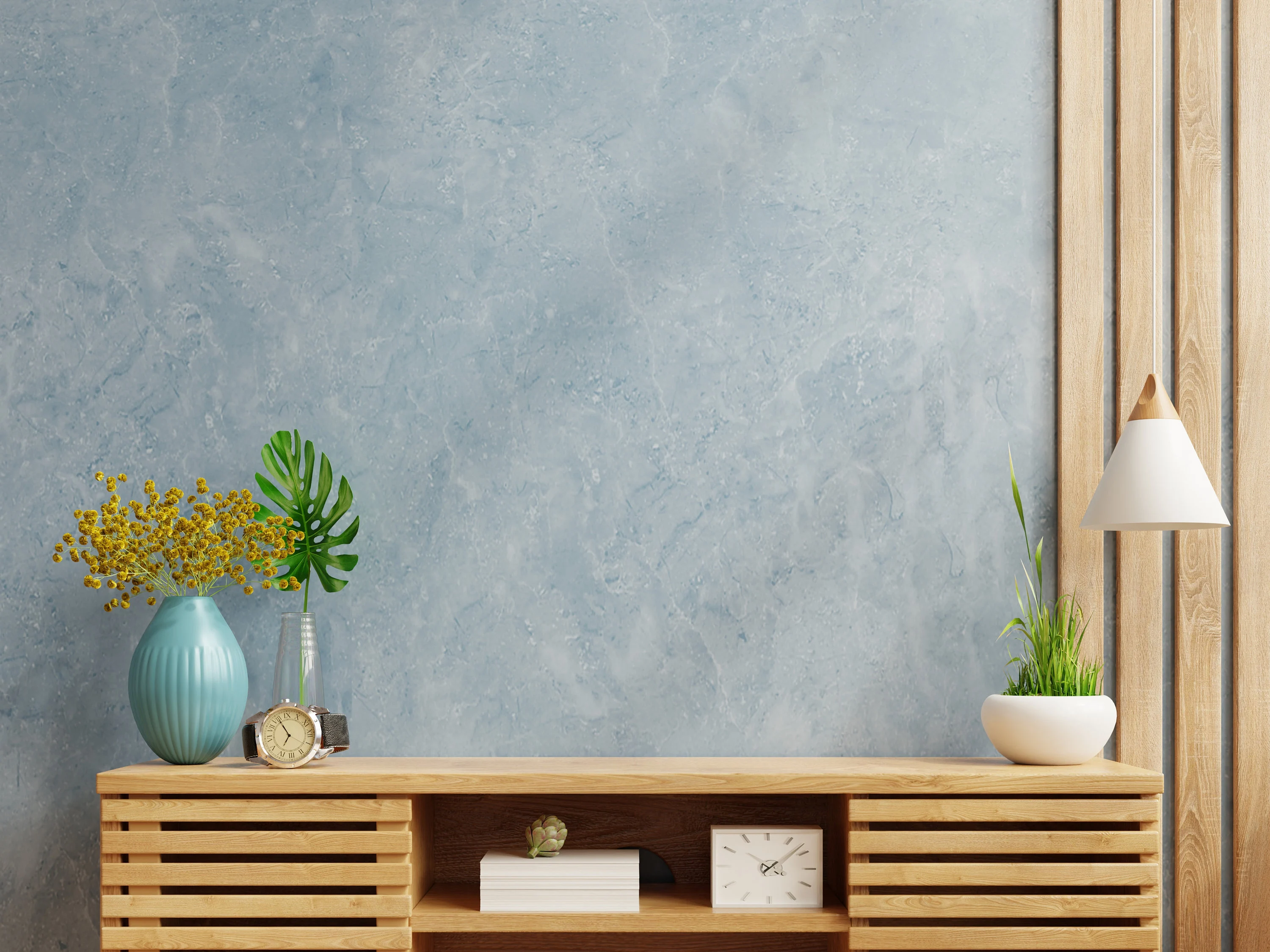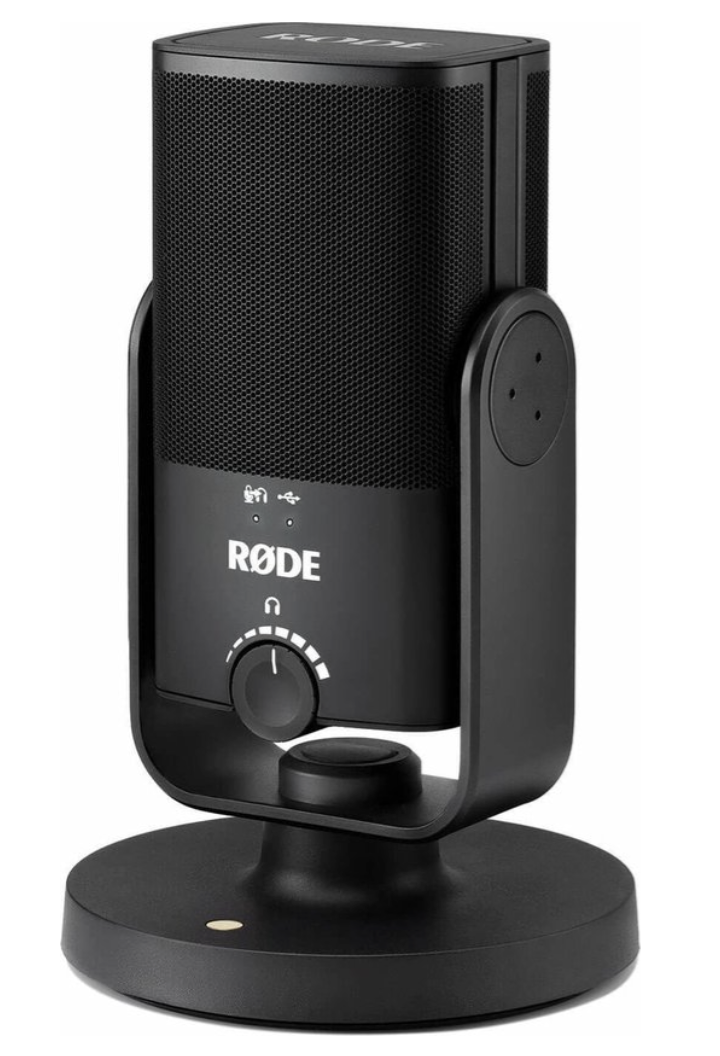4. Background
Thanks to the previous steps made you look professional. Now, it is time to look at the background.
Realize that your surroundings do tell something about you. A chaotic background could give the impression that you are also chaotic in your work. A well-organized background could do the opposite. Create a background that is not too distracting (a living room with playing toddlers in the background), but also not too boring. A white wall is a killer. It makes the image flat and dull.
We are no fans of blurring the background. It strips away personality, looks funny around the edges, and gives the impression that you have something to hide. Your audience might start to guess what is behind the blurred surface and thus stop paying attention to what matters.

What works?
A cupboard that can be seen diagonally behind you (it creates beautiful diagonal lines), for example, or a green plant. Perhaps you can hang a calm-looking poster or work of art on the wall. It might relate to your research. However, it should not distract from your story.
What doesn’t work?
Clutter, a vague box of things, a coat rack full of coats, etc. Tidy up. Also pay attention to things behind your head. Avoid having a plant that seems to grow out of your skull or a stick that seems to go in one ear and out the other.
Tip: It’s okay if your face gets more light than the background. The background should be in the shade. Ultimately, it’s all about your facial expressions.
Sound
Sound is unfairly neglected. How do you feel if you have to spend a whole day listening to people talking to you from a computer screen with a sharp s, a p that pops, echo and noise on the line, badly filtered background noise? It makes you tired. And what a relief it is to listen to someone who you can hear clearly?
Programs such as Zoom and Webex have built-in noise cancellation. That works quite well, but not perfectly.
The solution is simple: buy a microphone. There are numerous comparison videos on YouTube where you can hear what good and less good microphones are. Our recommendation: buy a USB podcast microphone from a good brand such as Røde or Sennheiser. You place it in front of you in such a way that it is just out of sight of your camera.

Our favourite: Røde NT-USB mini microphone
Tip: To ensure that you can hear the other person well, use earplugs that you connect to your computer with a cord. You can hide the cord behind your back. You may need an extension cord to move more freely. There are also transparent sports earplugs that you can guide backwards with an arc over your ears.
We do not recommend a headset, as it gives the feeling of a call center.